Formula 1 chief technical officer Pat Symonds has provided further details over the new generation of car that will be introduced in 2026.
A brand new power unit construction will come into play, marking the biggest change to the engines since the turbo hybrid units debuted in 2014.
There will also be new aerodynamic regulations, with the duo of key changes prompting the possibility of a rejigged pecking order.
Amid complaints that the current cars are too heavy, Symonds confirmed that both the weight and downforce will be reduced for the new challengers.
“We do want to reduce the downforce on the car,” Symonds told the F1 Nation podcast.
“Part of the reason why the cars are so heavy is because they’re having to deal with so much load, so they’ll slide a little bit more.
“I think what it will do is it will put a little bit more emphasis on the driver. That’s an important thing.
“It’s the drivers who are the heroes, they’re the supermen that we want to promote. So I think things are going in the right direction there.”
Viewed by others:
Importance of electric motor
On the power unit side of the car, a new Kers-like system is set to return with drivers producing a limited boost in top speed with the push of a button.
The power split from the unit is set to be 50/50 through a combustion engine and electric motor, the latter of which Symonds highlighted will play a key role in performance going forward.
“They will be, at the moment, cars with electrical power fully delivering 900 horsepower,” he added.
“We’re going to be over 1,000 horsepower with the 2026 car, we want more of it coming from the electric motor.
“At the moment turbo lag does not exist on these cars because we have an electric motor on the turbo that’s going. But turbo lag is not what it used to be in the old days.”
Don't miss out on any of the Formula 1 action thanks to this handy 2026 F1 calendar that can be easily loaded into your smartphone or PC.
Download the calenderMost read
In this article
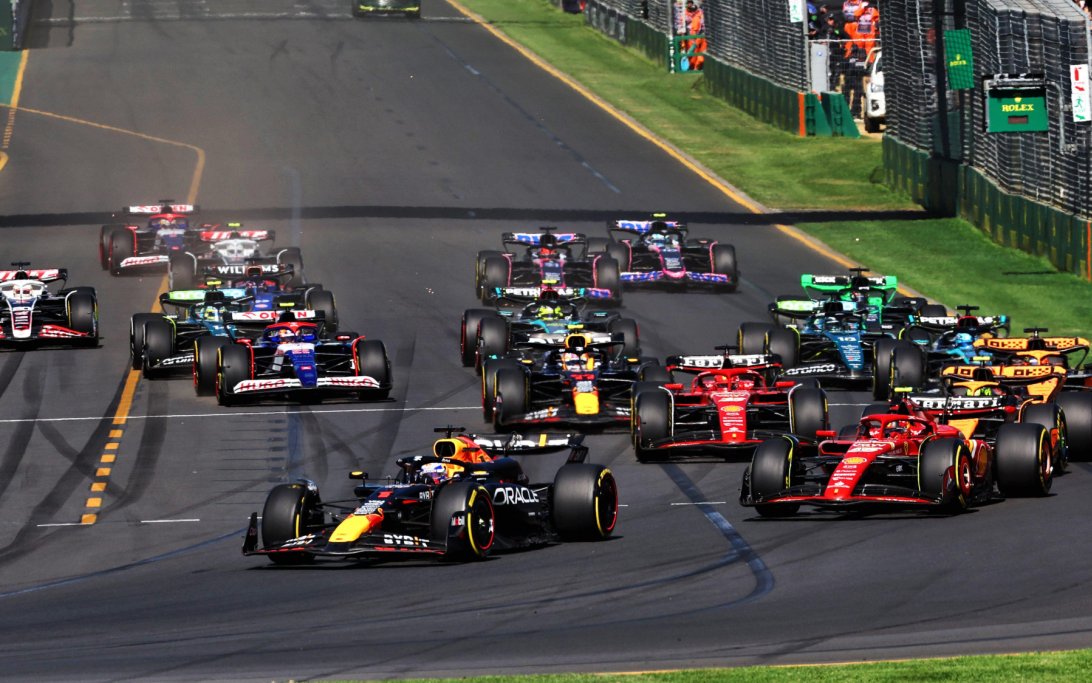
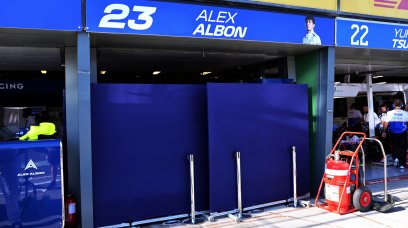
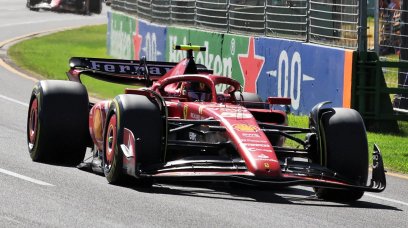



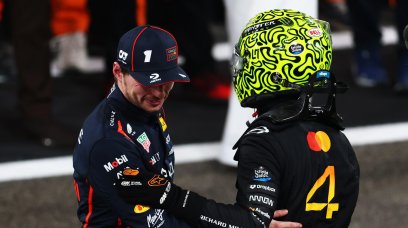
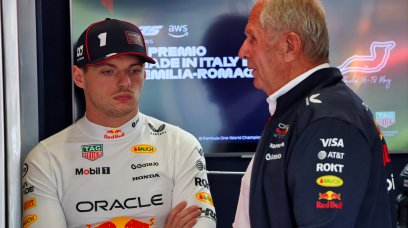
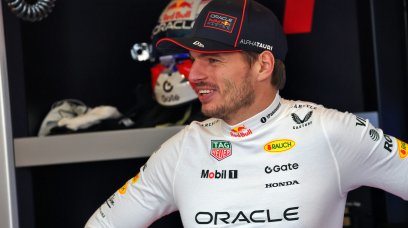

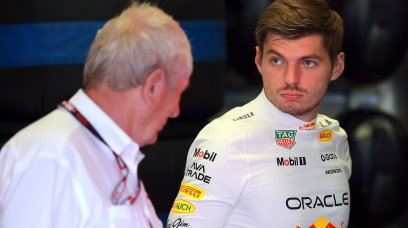
Join the conversation!